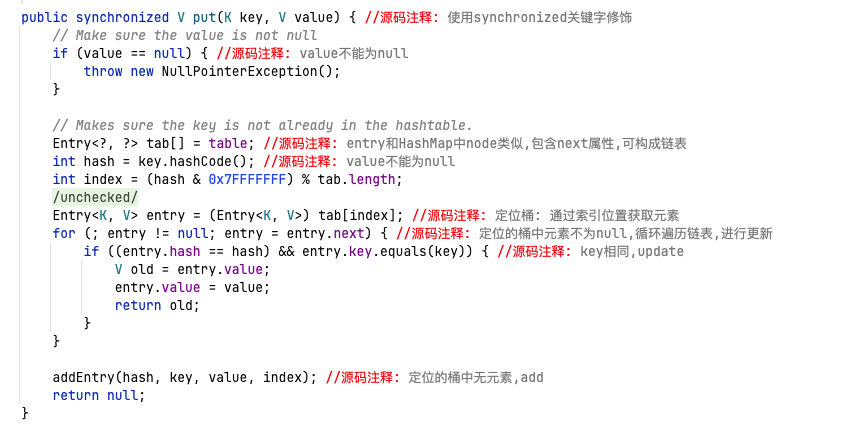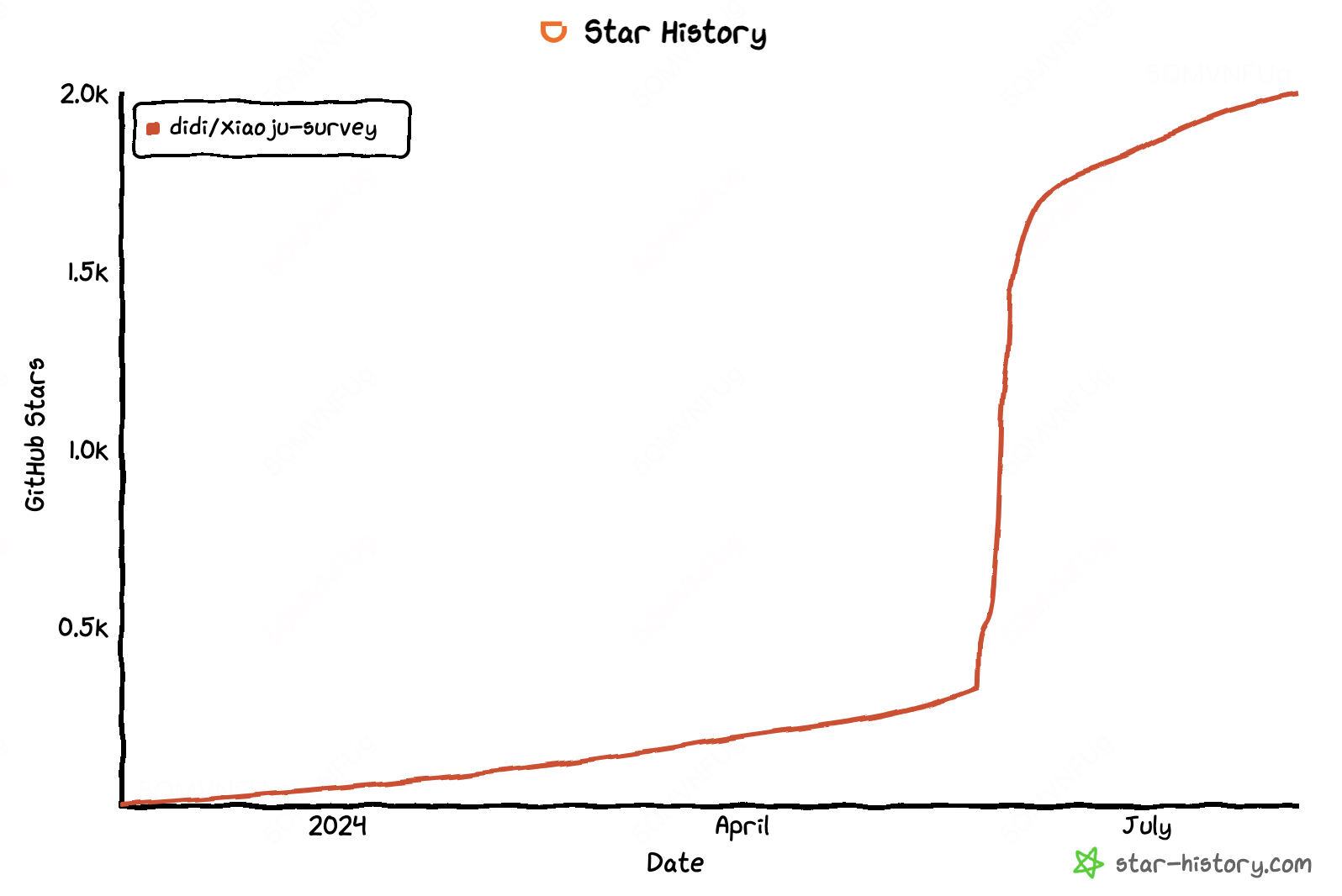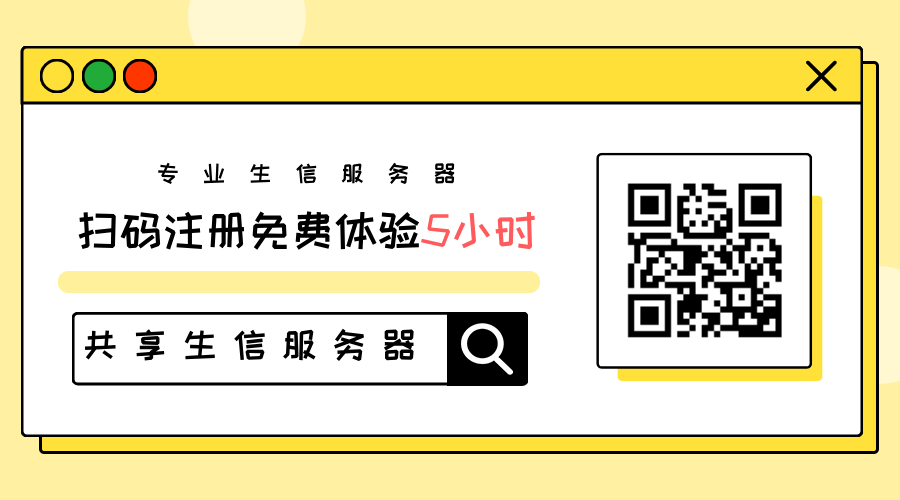目录
一、栈的括号匹配
二、代码实现
1.方法创建
2.数据测试
3.完整的程序代码
总结
一、栈的括号匹配
要完成今天的任务,需要先来了解一下什么是栈的括号匹配。首先,顾名思义,括号匹配就是指将一对括号匹配起来,我们给定一个字符串(字符串中除了各类括号,也可以有别的字符),将字符串中的所有括号都根据规则:对应的一对左括号与右括号按“先左后右”的顺序匹配起来,这个过程即为括号匹配。
在判断括号匹配时,需要注意一些细节:
- 必须是对应的一对左括号与右括号,即“( ”与“ )”对应,“ [ ”与“ ] ”对应,“ { ”与“ } ”对应。
- 必须是“一左一右”,不能两个均为左括号或者两个均为右括号,即“( ”与“ )”可以匹配,但是“( ”与“( ”不匹配,“ )”与“ )”也不匹配。
- 必须按“先左后右”的顺序,即“( )”匹配,但是“ )( ”就不匹配。
- 括号匹配遵循就近原则,以当前括号的左边第一个括号为准。比如在下面的字符串中,设第6个括号为当前括号,那么就以该括号左边第一个括号为准,即以第5个括号为准,所以5、6成功匹配。可以看到,在下图中第6个括号与第3个括号也满足了以上三个基本条件,但是因为就近原则的存在,所以3、6不匹配。同理,如果第5个括号改为了“ [ ”或者“ { ”,那么5、6也不会匹配。

- 括号匹配遵循匹配消除原则,一旦某一对括号匹配成功,那么该对括号就“消除”,继续匹配后面的括号。比如在上图中,5、6成功匹配后“消除”,然后4、7继续匹配,再比如“ { [ ( ) ] } ”也是匹配的。
- 所给字符串中的全部括号都匹配成功才算完成了括号匹配,比如“ [ { ( [ ( ) ] ) } ] ”是匹配的,但是“ ( [ { ( [ ] ) ] ] ) ”就不匹配。
- 在所给的字符串中,除了各类括号,也可以有别的字符,比如“ 10 / { [ 4 - ( 5 - 2 ) ] * 2 } ”也是匹配的。
二、代码实现
弄清楚基本概念后,就可以进行代码实现了。根据“先左后右”的顺序要求以及匹配消除原则,我们可以按如下步骤进行括号匹配(因为别的非括号字符对于括号匹配不起任何作用,所以直接视为透明就行):
- 遇到左括号“( ”、“ [ ”、“ { ”就直接入栈,在栈中存放
- 遇到右括号“ )”、“ ] ”、“ } ”就从栈中弹出栈顶元素,与该右括号进行匹配,如果二者匹配成功就“消除”,继续匹配后面的括号;如果二者匹配不成功,直接输出不匹配即可
不过,需要注意一点,由于要求的是字符串中的全部括号均匹配才算成功,所以如果匹配完毕后发现栈中仍然还存在左括号或者栈不空,那么也算作匹配失败。
对于这个问题,我们当然可以选择在匹配完毕后直接判断栈是否为空,但是我们也可以采取另一种方式:即在进行括号匹配之前,入栈一个非括号字符作为栈底元素,再在匹配完毕后进行出栈操作,判断此时出栈的元素是否为该非括号字符,如果是,则说明字符串中的全部括号均已匹配;如果不是,则直接返回不匹配。
1.方法创建
进行代码模拟时,我们只需要在昨天的代码基础上增加一个括号匹配的方法即可,如下:
/**
*********************
* Is the bracket matching?
*
* @param paraString The given expression.
* @return Match or not.
*********************
*/
public static boolean bracketMatching(String paraString) {
// Step 1. Initialize the stack through pushing a '#' at the bottom.
CharStack tempStack = new CharStack();
tempStack.push('#');
char tempChar, tempPoppedChar;
// Step 2. Process the string. For a string, length() is a method
// instead of a member variable.
for(int i = 0; i < paraString.length(); i++) {
tempChar = paraString.charAt(i);
switch(tempChar) {
case '(':
case '[':
case '{':
tempStack.push(tempChar);
break;
case ')':
tempPoppedChar = tempStack.pop();
if(tempPoppedChar != '(') {
return false;
} // of if
break;
case ']':
tempPoppedChar = tempStack.pop();
if(tempPoppedChar != '[') {
return false;
} // of if
break;
case '}':
tempPoppedChar = tempStack.pop();
if(tempPoppedChar != '{') {
return false;
} // of if
break;
default:
// Do nothing
} // of switch
} // of for i
tempPoppedChar = tempStack.pop();
if(tempPoppedChar != '#') {
return false;
} // of if
return true;
} // of bracketMatching首先,定义括号匹配的方法bracketMatching,其中String类型的参数paraString即为要输入的字符串,再创建一个栈,并入栈一个'#',将'#' 作为栈底的非括号字符。
然后,利用charAt()方法+for循环,将字符串中的字符一个一个读取出来。
补充:
length()方法:作用是返回字符串的长度,调用格式为字符串名.length()
charAt()方法:作用是获取字符串中指定索引值的字符,调用格式为字符串名.charAt(指定索引值)
根据之前的分析,这里需要进行读取字符的判断,且判断分支较多,符合switch语句适用的情况(单一变量的多个不同取值问题),所以我们采用了switch语句。
匹配完毕后,进行出栈操作,并判断此时出栈的元素是否为'#',如果不是则直接返回false;如果是,则返回true。
2.数据测试
下面我们进行数据测试,这里用到了以下五个数据:
- [ 2 + (1 - 3) ] * 4
- ( ) )
- ( ) ( ) ( ( ) )
- ( { } [ ] )
- ) (
显然,通过直接思考可以预测第1、3、4个字符串是匹配的,剩下的是不匹配的。
/**
*********************
*The entrance of the program.
*
* @param args Not used now.
*********************
*/
public static void main(String[] args) {
CharStack tempStack = new CharStack();
for(char ch = 'a'; ch < 'm'; ch++) {
tempStack.push(ch);
System.out.println("The current stack is: " + tempStack);
} // of for ch
char tempChar;
for(int i = 0; i < 12; i++) {
tempChar = tempStack.pop();
System.out.println("Popped: " + tempChar);
System.out.println("The current stack is: " + tempStack);
} // of for i
boolean tempMatch;
String tempExpression = "[2 + (1 - 3)] * 4";
tempMatch = bracketMatching(tempExpression);
System.out.println("Is the expression " + tempExpression + " bracket matching? " + tempMatch);
tempExpression = "( ) )";
tempMatch = bracketMatching(tempExpression);
System.out.println("Is the expression " + tempExpression + " bracket matching? " + tempMatch);
tempExpression = "()()(())";
tempMatch = bracketMatching(tempExpression);
System.out.println("Is the expression " + tempExpression + " bracket matching? " + tempMatch);
tempExpression = "({}[])";
tempMatch = bracketMatching(tempExpression);
System.out.println("Is the expression " + tempExpression + " bracket matching? " + tempMatch);
tempExpression = ")(";
tempMatch = bracketMatching(tempExpression);
System.out.println("Is the expression " + tempExpression + " bracket matching? " + tempMatch);
} // of main3.完整的程序代码
package datastructure;
/**
*Char stack. I do not use Stack because it is already defined in Java.
*
*@auther Xin Lin 3101540094@qq.com.
*/
public class CharStack {
/**
* The depth.
*/
public static final int MAX_DEPTH = 10;
/**
* The actual depth.
*/
int depth;
/**
* The data.
*/
char[] data;
/**
*********************
* Construct an empty char stack.
*********************
*/
public CharStack() {
depth = 0;
data = new char[MAX_DEPTH];
} // of the first constructor
/**
*********************
* Overrides the method claimed in Object, the superclass of any class.
*********************
*/
public String toString() {
String resultString = "";
for (int i = 0; i < depth; i++) {
resultString += data[i];
} // of for i
return resultString;
} // of toString
/**
*********************
* Push an element.
*
* @param paraChar The given char.
* @return Success or not.
*********************
*/
public boolean push(char paraChar) {
if (depth == MAX_DEPTH) {
System.out.println("Stack full.");
return false;
} // of if
data[depth] = paraChar;
depth++;
return true;
} // of push
/**
*********************
* Pop an element.
*
* @return The popped char.
*********************
*/
public char pop() {
if(depth == 0) {
System.out.println("Nothing to pop.");
return '\0';
} // of if
char resultChar = data[depth - 1];
depth--;
return resultChar;
} // of pop
/**
*********************
* Is the bracket matching?
*
* @param paraString The given expression.
* @return Match or not.
*********************
*/
public static boolean bracketMatching(String paraString) {
// Step 1. Initialize the stack through pushing a '#' at the bottom.
CharStack tempStack = new CharStack();
tempStack.push('#');
char tempChar, tempPoppedChar;
// Step 2. Process the string. For a string, length() is a method
// instead of a member variable.
for(int i = 0; i < paraString.length(); i++) {
tempChar = paraString.charAt(i);
switch(tempChar) {
case '(':
case '[':
case '{':
tempStack.push(tempChar);
break;
case ')':
tempPoppedChar = tempStack.pop();
if(tempPoppedChar != '(') {
return false;
} // of if
break;
case ']':
tempPoppedChar = tempStack.pop();
if(tempPoppedChar != '[') {
return false;
} // of if
break;
case '}':
tempPoppedChar = tempStack.pop();
if(tempPoppedChar != '{') {
return false;
} // of if
break;
default:
// Do nothing
} // of switch
} // of for i
tempPoppedChar = tempStack.pop();
if(tempPoppedChar != '#') {
return false;
} // of if
return true;
} // of bracketMatching
/**
*********************
*The entrance of the program.
*
* @param args Not used now.
*********************
*/
public static void main(String[] args) {
CharStack tempStack = new CharStack();
for(char ch = 'a'; ch < 'm'; ch++) {
tempStack.push(ch);
System.out.println("The current stack is: " + tempStack);
} // of for ch
char tempChar;
for(int i = 0; i < 12; i++) {
tempChar = tempStack.pop();
System.out.println("Popped: " + tempChar);
System.out.println("The current stack is: " + tempStack);
} // of for i
boolean tempMatch;
String tempExpression = "[2 + (1 - 3)] * 4";
tempMatch = bracketMatching(tempExpression);
System.out.println("Is the expression " + tempExpression + " bracket matching? " + tempMatch);
tempExpression = "( ) )";
tempMatch = bracketMatching(tempExpression);
System.out.println("Is the expression " + tempExpression + " bracket matching? " + tempMatch);
tempExpression = "()()(())";
tempMatch = bracketMatching(tempExpression);
System.out.println("Is the expression " + tempExpression + " bracket matching? " + tempMatch);
tempExpression = "({}[])";
tempMatch = bracketMatching(tempExpression);
System.out.println("Is the expression " + tempExpression + " bracket matching? " + tempMatch);
tempExpression = ")(";
tempMatch = bracketMatching(tempExpression);
System.out.println("Is the expression " + tempExpression + " bracket matching? " + tempMatch);
} // of main
} // of class CharStack运行结果:

可以发现运行结果与我们之前的预测是完全相同的。
总结
总体来说,今天学习的内容不是很复杂,简单来说就是对昨天栈的入栈出栈等操作进行一个应用,而且根据今天代码的难度,其实可以知道括号匹配算是栈的一个基本应用,不过它也是一个非常重要的应用,在今后很多算法和问题中都会涉及到。



















